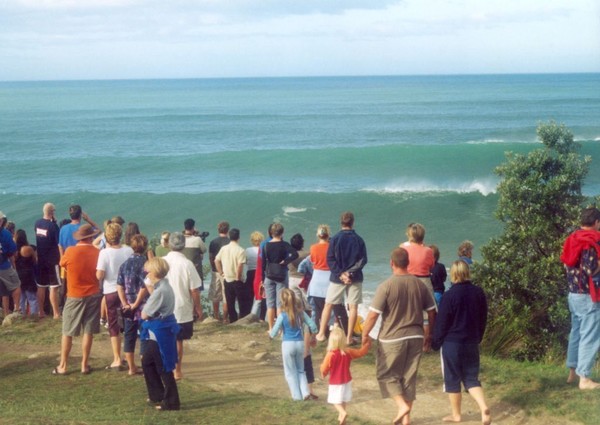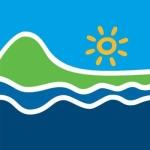Locals drop in for surf break study

People with an interest in waves have contributed to a study on what makes the Bay of Plenty’s surf breaks important.
The study is being undertaken by Lincoln University planning student Bailey Peryman, with support from the Bay of Plenty Regional Council. Two public workshops held this month in Mount Maunganui and Whakatāne as part of the study were attended by a range of interest groups, including surfers, surf life savers, Christian surfers, economic development representatives and tangata whenua.
“Consultation with users and different sectors of the community on what surf breaks mean to them is an integral part of the study,” Regional Council Planner Matt Skellern said.
“The workshops demonstrated how surf breaks not only support the Bay’s surf culture and lifestyle, but also support other users who enjoy them. Surf breaks are valued by people who simply enjoy watching the waves, or surfers out in the surf, which forms part of the coastal landscape.”
The workshops emphasised a need to ensure these values were recognised so that future generations could also enjoy them. The Bay’s surf breaks are commonly used by surf life savers, kite boarders, paddle boarders, canoeists, swimmers and surfers.
“These activities make the Bay an attractive place to live, and also contribute toward the local economy and generate tourism for the region.” Mr Skellern said.
Seventeen of the country’s surf breaks were protected in the New Zealand Coastal Policy Statement 2010, which came into effect in December. No Bay of Plenty surf breaks were included. The statement made surf breaks part of the natural character of the coastal environment and local councils must now give effect to this policy in their plans under the Resource Management Act.
The local workshops identified Ōhope’s West End and the Mount Main Beach as ‘nursery breaks’ - places enjoyed by many surfers of all ages and levels. Surf competitors often have a home break where they gain an intricate understanding of the surf break’s wave dynamics to practice their skills.
“The Bay’s nursery breaks have produced many national champions over the years. Nursery breaks are also places for family and friends to simply share in the fun of playing in the surf”, said Mr Skellern.
The study seeks to understand how surf breaks are perceived as community assets. It will include criteria to determine the values and characteristics of surf breaks, to identify what makes them outstanding in terms of natural character and why they are significant to the Bay of Plenty.
